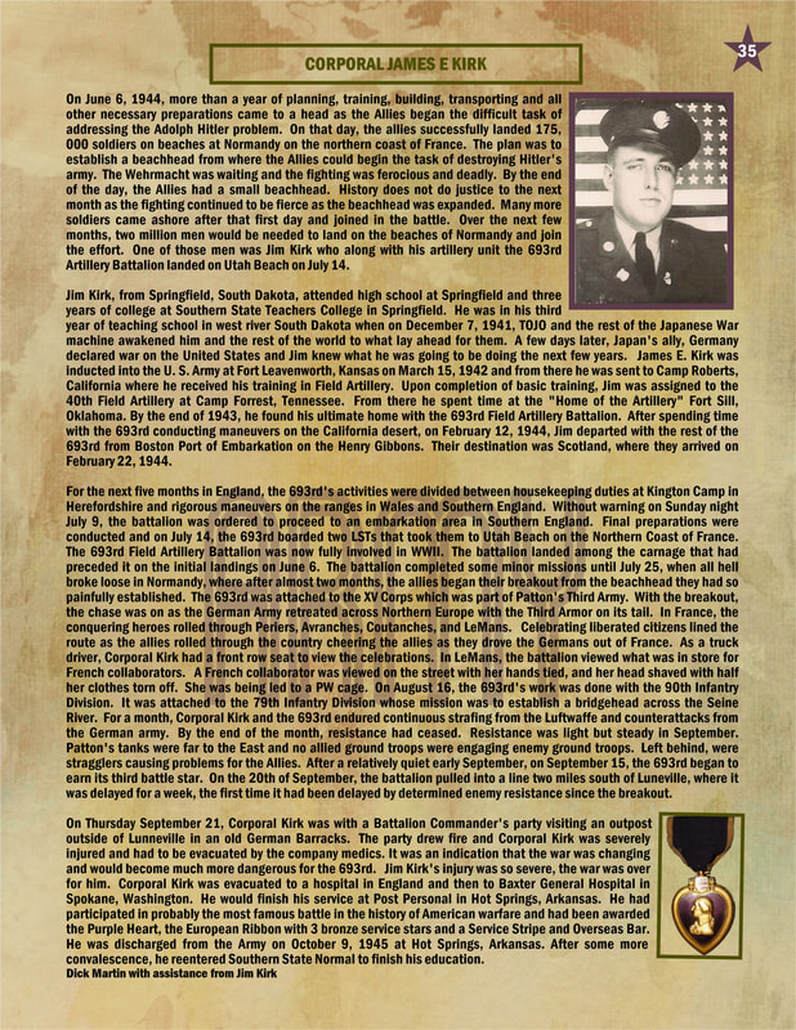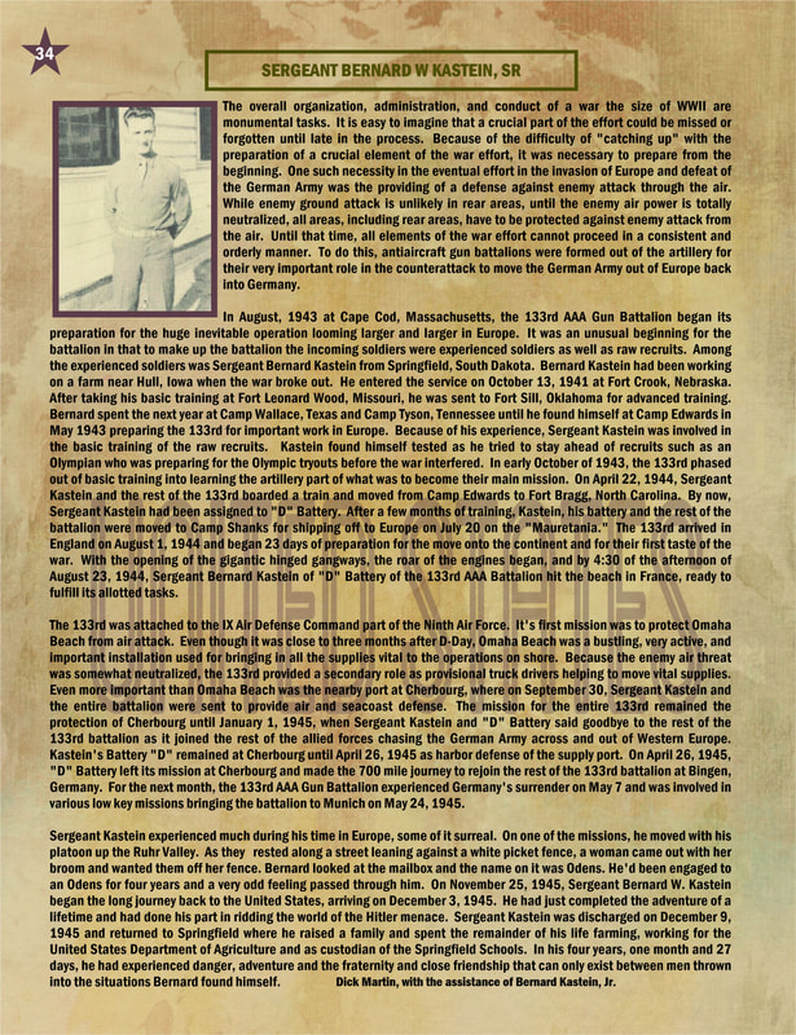|
Submitted by Dick Martin  Recently, I was in a Doctor’s office filling out some paperwork, when one on my dog tags (military engraved metal identification tag) fell out of my billfold as I fumbled around looking for my Medicare card. I have kept it in my billfold for the past 40 years in case I am ever in an accident. The dog tag has my name, blood type, and religion stamped on it, all of which could be helpful to care givers in the event I cannot communicate that information in an accident. The secretary behind the desk was completely intrigued by the dog tag. She had heard of them and seen the knock offs circulating among her age group, but never seen the real thing. She told me a story about her granddad or some relation that had participated in the big one, WWII. I was surprised the dog tag was such a novelty to her. I put the dog tag securely back in my billfold and went on my way. My first experience with dog tags was well before I was in the military. It occurred when I was very young when someone told me the dog tags were used to identify dead soldiers. One of the dog tags (they came in twos) was given to the commanding officer to record the death and the other was slammed between the soldier’s teeth firmly fixing the dog tag so the dead soldier could be identified when necessary at a later date. I still don’t know if they were ever used in this manner. Wikipedia says it is probably a myth. After the incident at the doctor’s office, because of the woman’s intrigue, I began to wonder if the military still used dog tags. I have no idea what the answer is to that question, but with all of the new advanced technology, there has to be a much more sophisticated way of providing that information on the dog tags of wounded soldiers to care givers. In the February issue of Army magazine, in one of the articles “Saved at the Stalag” the author, First Sergeant Richard Robitaille, writes about Jewish soldiers, if captured by the Germans in WWII, being instructed to destroy their dog tags because of the “H” (Hebrew) for religion (Jewish) stamped on the dog tag. The Germans routinely segregated the Jewish prisoners from the other prisoners. An “H” on their dog tag could mean a death sentence. According to Wikipedia, the British Army first used the contemporary dog tag in 1907 and the US Army authorized the use of the Model 70 dog tag in its War Department General Order No. 204 dated December 20, 1906. I don’t know what is used today for identifying soldiers. Some viewer must know what the military currently uses for identification of deceased soldiers. Please comment!!
0 Comments
Submitted by Dick Martin  The Soviet Union was the first to launch a rocket that delivered a 184 pound cylinder that orbited the earth. The scaremongers thought the next object launched by the Soviet Union would be a thermonuclear device? The president at the time, Dwight Eisenhower, stayed calm knowing that the US had a huge advantage in economic might, stronger allies, better Air Force, a global Navy, and superior missiles on the drawing board waiting for development. The problem was who would develop the missiles, the Army or the Air Force or civilian? The Army seemed to be the logical choice. They had the Redstone rocket that worked the best. So what was Eisenhower’s problem? A graduate of West Point, one would think he would want the Army’s Redstone version, especially since it was the farthest along in development. However, to launch a civilian space program, Eisenhower chose the civilian Vanguard version that had some well publicized spectacular failures on the launch pad. There was one other problem. Eisenhower spent 1941 to 1945 fighting the Germans. The chief designer of the Army’s space program was Werner von Braun and he along with his key engineers were all ex-SS men that, before surrendering to the Allies, had developed the V-2 rocket that had killed thousands in Great Britain in 1944 and 1945. The Army’s Redstone rocket proved more reliable because it shared much of its technology with the V-2, and Eisenhower wanted no part of that. After some more spectacular failures on the launch pad, Eisenhower turned to the Army and Von Braun. Von Braun legitimately loved America which made it easier for Eisenhower’s choice. In sixty days, Von Braun had the Redstone ready for launch. On the night of January 31, 1958 the US launched its first Redstone missile, Explorer 1, from Cape Canaveral, Florida and put its first satellite in orbit. From that point on, Werner Von Braun and his team became a national asset part of NASA that was formed shortly thereafter in July of 1958. Summarized from an article in the January, 2018 ARMY magazine, “Army played Major Role in Space Race.” |
Categories
All
Archives
October 2023
|

